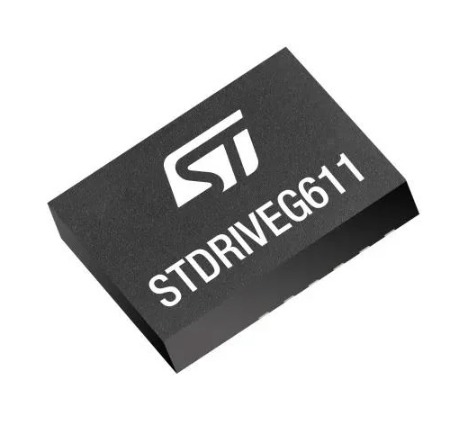Caltech researchers learn from jellyfish to develop underwater bot
Small autonomous underwater vehicles - the ‘drones of the sea’ - could be valuable for studying the depths of the ocean and monitoring its changing conditions. But such nautical mini bots can be overpowered by turbulent currents, which is why Caltech scientists have sought to engineer a solution to this problem.
Led by John Dabiri, the Centennial Professor of Aeronautics and Mechanical Engineering, have been taking advantage of jellyfish’s natural ability to traverse and plumb the ocean, by outfitting them with electronics and prosthetic ‘hats’ with which they can carry small payloads on their journeys and report findings back.
These jellyfish have to deal with the ebb and flow of the currents they encounter, but do not make decisions about how best to navigate to a destination and cannot be remotely controlled.
"We know that augmented jellyfish can be great ocean explorers, but they don't have a brain," explained Dabiri. "So, one of the things we've been working on is developing what that brain would look like if we were to imbue these systems with the ability to make decisions underwater."
Dabiri and his former graduate student Peter Gunnarson, now at Brown University, have developed a way to simplify that decision-making process and help a robot, or an augmented jellyfish, catch a ride on the vortices created by ocean currents rather than fighting them.
To work on this, Gunnarson returned to CARL-Bot; Caltech Autonomous Reinforcement Learning roBot. Gunnarson built the CARL-Bot some years ago as part of work to begin incorporating artificial intelligence (AI) into a bot’s navigation technique.
"We were brainstorming ways that underwater vehicles could use turbulent water currents for propulsion and wondered if, instead of them being a problem, they could be an advantage for these smaller vehicles," said Gunnarson.
Gunnarson wanted to understand how a current pushes a robot around. To do so, he attached a thruster to the wall of a 16-foot long tank in Dabiri’s lab in the Guggenheim Aeronautical University to generate vortex rings - the underwater equivalents of smoke rings. Vortex rings represent the types of disturbances an underwater explorer would encounter in the ocean.
Gunnarson started using the CARL-Bot’s single onboard accelerometer to measure how it was moving and being pushed around by vortex rings. He noticed that once in a while, the robot would get caught up in a vortex ring and be pushed clear across the talk. He and his colleagues wondered if the effect could be replicated intentionally.
The team then developed simple commands to help CARL detect a vortex ring's relative location and then position itself to, in Gunnarson's words, "hop on and catch a ride basically for free across the tank." The bot can also decide to get out of the way of a vortex ring it does not want to get pushed by.
This process includes elements of biomimicry, taking a page from nature’s playbook. Soaring birds will take advantage of strong winds, for instance, to save energy rather than fly against them. Fish may allow themselves to be carried by the ocean’s currents to save energy in a similar vein. However, in both cases, the systems are using sophisticated sensory input and a brain to accomplish this.
"What Peter has figured out is that basically with a single sensor, this one accelerometer, and relatively simple control laws, we can achieve similar advantages in terms of using the energy in the environment to go from point A to point B," said Dabiri.
Dabiri hopes to marry the work with his hybrid jellyfish.
"With the jellyfish, we can have an onboard accelerometer measure how this system is getting pushed around," he said. "Hopefully, we can demonstrate a similar capability to take advantage of environmental flows to move more efficiently through the water."







